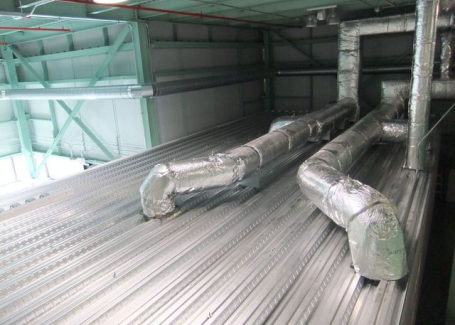In many industries, controlled environments are important to both improving the safety and quality of products. Both white rooms and cleanrooms are types of controlled environments fit for this purpose; however, each is used under slightly different circumstances. Understanding the subtle differences between a white room vs a cleanroom may help businesses make better decisions about how to meet requirements.
What is a White Room?
A white room is a controlled environment that limits particle contamination in order to reach a certain level of cleanliness. To achieve this, white rooms often use smooth and easy-to-clean surfaces; HEPA and ULPA filters; controlled temperature and humidity; and more. White rooms are used in industries such as pharmaceuticals, medical devices, and electronics, especially in applications that do not require a strict degree of cleanliness, such as packaging, assembly, and inspections. When comparing a white room vs a cleanroom, white rooms are more suited for less critical tasks.
What is a Cleanroom?
A cleanroom, on the other hand, is a highly controlled environment that maintains extremely low levels of airborne particles or contaminants. Cleanrooms similarly use easy-to-clean surfaces; advanced filtration systems, such as ULPA or HEPA filters; and strict controls over temperature, humidity, and pressure. They are important in industries like semiconductor manufacturing, biotechnology, pharmaceuticals, aerospace, or any environment where contamination control is essential.
What are the Differences Between a White Room and a Cleanroom?
White rooms and cleanrooms both keep contamination to a minimum, but cleanrooms are much stricter environments, as they need certification by a third party. Both cleanrooms and white rooms use advanced filtration to control particle counts, but white rooms do not require the same level of strictness, have simpler designs, and are often used in less important spaces, such as packaging or assembly rooms. As you might expect, this means that cleanrooms are more expensive than white rooms, and the choice between one or the other depends in large part on whether you need to meet specific regulations (such as ISO) or not.
The Bottom Line
White rooms and cleanrooms are important for limiting the size and number of particles in many industries and scientific applications. The choice between one or the other depends on the particle size that causes trouble, budget considerations, and industry-specific regulations. By understanding the differences between the two terms, businesses can make informed decisions regarding their needs.






